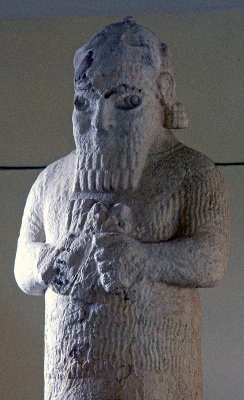
Hittite God on chariot |

Hittite God on chariot |

Adana sept 2008 4937.jpg |
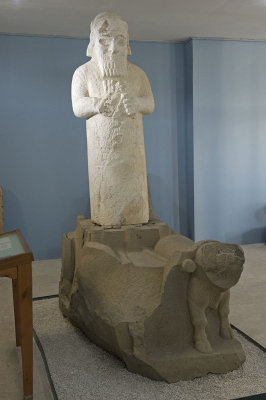
Adana Museum march 2013 9578.jpg |
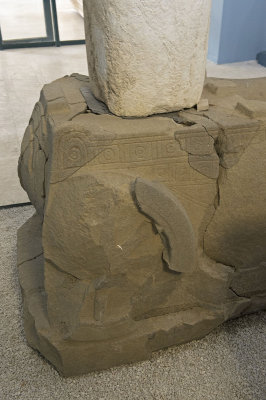
Adana Museum march 2013 9579.jpg |
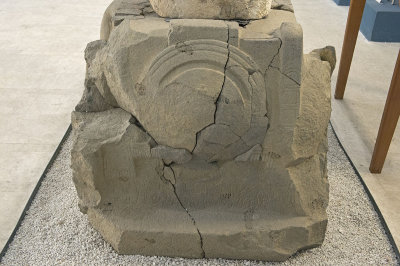
Adana Museum march 2013 9580.jpg |

Adana Museum march 2013 9581.jpg |
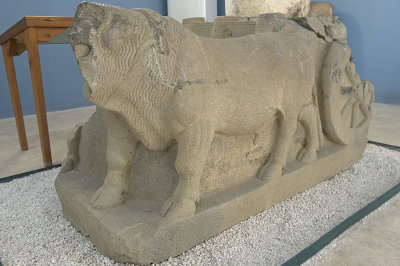
Adana Museum march 2013 9582.jpg |

Adana Museum march 2013 9583.jpg |
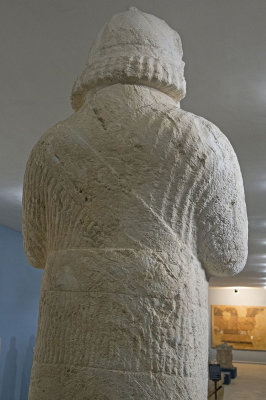
Adana Museum march 2013 9584.jpg |
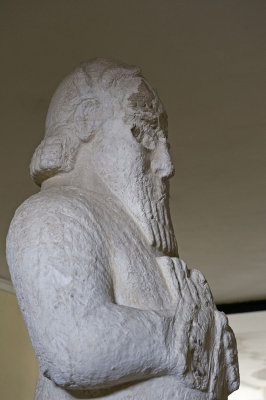
Adana sept 2008 4943.jpg |
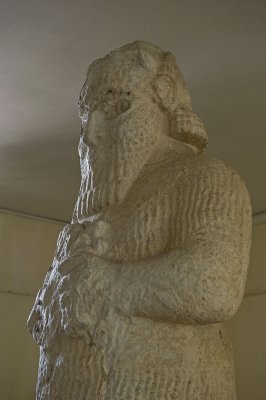
Adana sept 2008 4944.jpg |
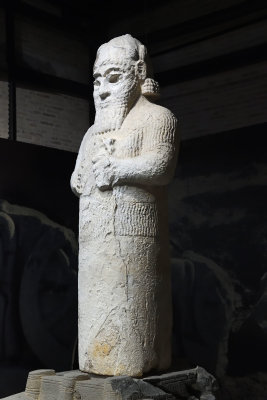
Adana Archaeological Museum Late Hittite Tarhunda on chariot 0203.jpg |

Adana Archaeological Museum Late Hittite Tarhunda on chariot 0204.jpg |

Adana Archaeological Museum Late Hittite Tarhunda on chariot 0207.jpg |
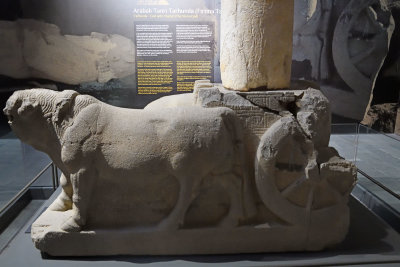
Adana Archaeological Museum Late Hittite Tarhunda on chariot 0209.jpg |
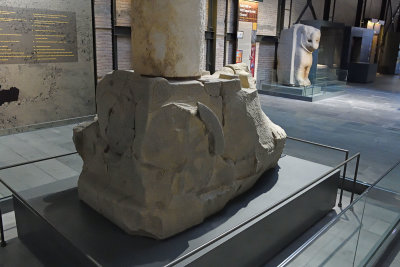
Adana Archaeological Museum Late Hittite Tarhunda on chariot 0210.jpg |

Adana Archaeological Museum Late Hittite Tarhunda on chariot 0211.jpg |
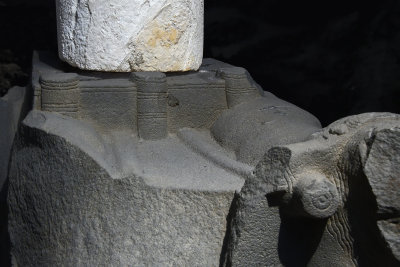
Adana Archaeological Museum Late Hittite Tarhunda on chariot 0212.jpg |
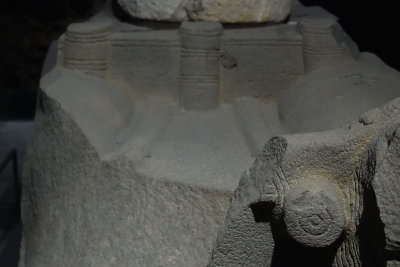
Adana museum Tarhunda detail sept 2019 6461.jpg |
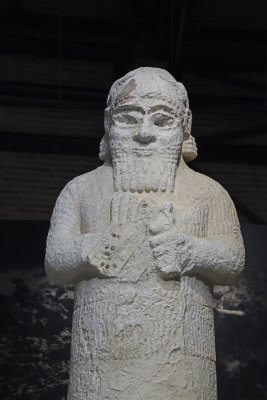
Adana Archaeological Museum Late Hittite Tarhunda on chariot 0213.jpg |
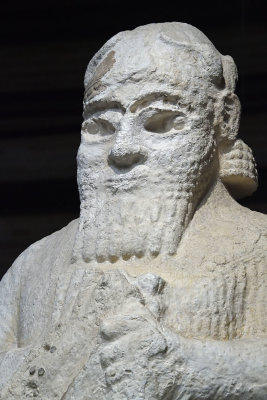
Adana Archaeological Museum Late Hittite Tarhunda on chariot 0214.jpg |
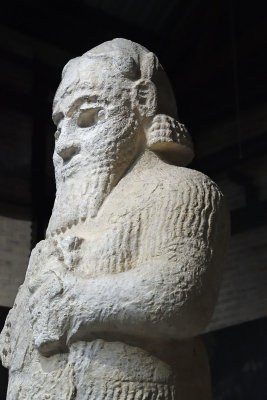
Adana Archaeological Museum Late Hittite Tarhunda on chariot 0216.jpg |
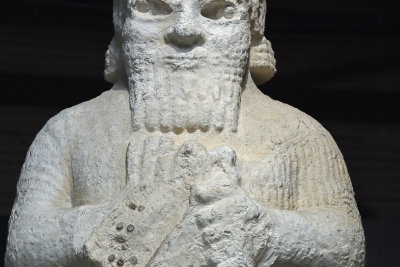
Adana Archaeological Museum Late Hittite Tarhunda on chariot 0712.jpg |

Adana Archaeological Museum Late Hittite Tarhunda on chariot 0713.jpg |

Adana Archaeological Museum Late Hittite Tarhunda on chariot 0206a.jpg |
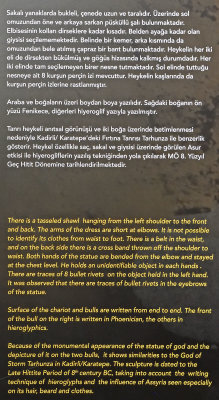
Adana Archaeological Museum Late Hittite Tarhunda on chariot 0206b.jpg |

Adana Archaeological Museum Late Hittite Tarhunda on chariot 0205a.jpg |

Adana Archaeological Museum Late Hittite Tarhunda on chariot 0205b.jpg |











